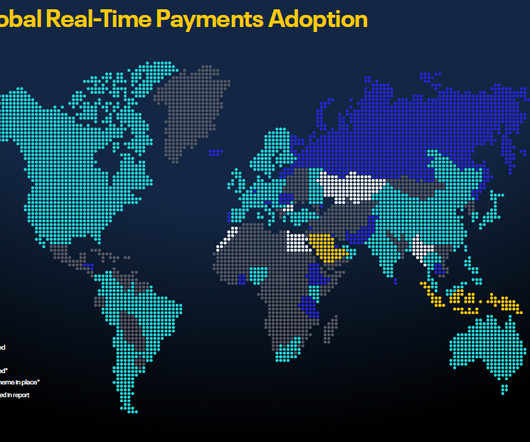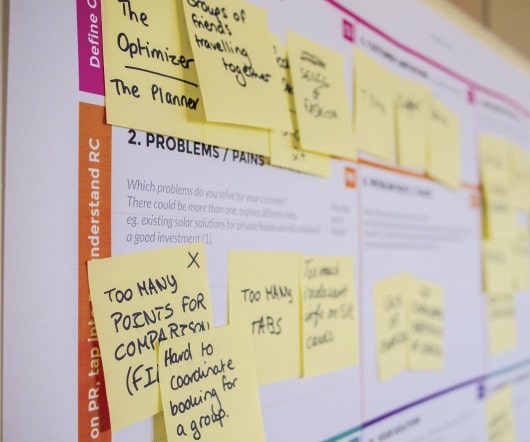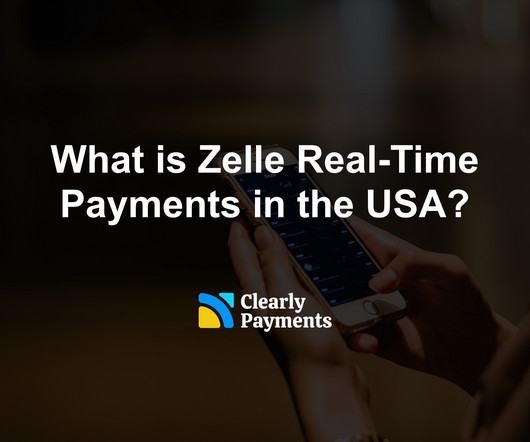B2B Not A Vital Part Of Real-Time Payments Innovation, Yet
PYMNTS
NOVEMBER 8, 2017
Dozens of countries already have real-time payments programs in operation, with several more under development, as identified by financial services technology provider FIS in its latest Flavors of Fast report. Those who wait may find themselves left behind as the faster payments revolution takes hold.”.













Let's personalize your content